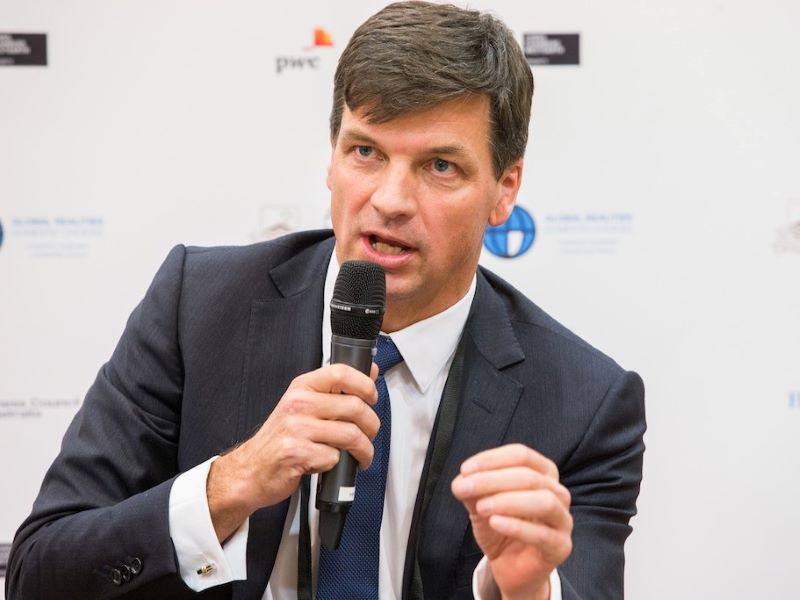Just seven consultants were responsible for modelling the employment impacts of the Coalition’s net zero “plan”, under a $1.2 million contract handed to global giant McKinsey. The company has been paid at least $6 million so far for the 2050 net zero modelling, which has been widely criticised since its delayed release this month.
On Thursday Energy and Emissions Reduction Minister Angus Taylor confirmed a $1.2 million six-week “professional services” contract awarded to McKinsey shortly after he took over the Industry portfolio in late September was to analyse the employment impacts of the government’s emissions reduction plan, which McKinsey also helped prepare.
The global consultancy has advised nearly half of the world’s biggest 100 polluters. It assigned seven staff to the employment modelling project, but there were no work hours stipulated in the contract.
A report on its findings was delivered to the Industry department for cabinet consideration and informed Australia’s heavily criticised emissions reduction strategy.

McKinsey was also involved in the macroeconomic modelling earlier in the year, which the Industry department used to develop Australia’s net zero plan.
McKinsey won a $1.9 million contract at the start of the year to take the stretch goals from the Coalition’s technology roadmap and look at how to achieve them. The contract was amended twice, eventually doubling to $4.86 million. It was later revealed the CSIRO had been passed over for the work.
A separate $1.2 million contract was awarded in September to model the employment impacts of the planned decarbonisation on Australian industry.
In written responses to Labor’s questions about the contract, Minister Taylor revealed the consultancy had “specified” seven staff to deliver the contract, which does not stipulate specific hours dedicated to the project.
He said McKinsey had “fit-for-purpose capabilities and subject-matter knowledge” and had been engaged “to provide professional services including the examination of decarbonisation pathways and employment impacts to inform” the Industry department’s work on Australia’s Long-Term Emissions Reduction Plan.
The controversial plan, and a government authored summary of its modelling released two weeks later as global climate talks ended, have been criticised by experts.
The underlying modelling compares a scenario of “no Australian action” on decarbonisation with the government’s preferred ‘Plan’, which has Australia’s gross emissions falling around 30 per cent by 2050, with another 15 per cent in reductions coming through unknown technology developments, and cheap emissions offsets accounting for the rest.
Victoria University Centre of Policy Studies Professor Phillip Adams said the modelling had revealed little about the impact of the government’s ‘Plan’ on the economy or what is needed to prepare.
“The [modelling] summary says the employment outcomes produced by McKinsey are ‘broadly in line’ with the outcomes produced by the macroeconomic modelling,” Professor Adams said in his analysis.
“What this means isn’t quite explained. It might have just turned out that way, or the government might have picked or asked for results that mirrored its own.
“Regardless, the summary…has little to say (except in a cursory way) about the impacts of the plan on regions, on industries other than the most emission-intensive, and on the labour market adjustments and changes to the skills and types of education that will be required.”
The Climate Council said the modelling was “riddled with flaws” and labelled it “pure spin”.
“If this wasn’t so serious, it would be laughable but this modelling doesn’t even consider climate impacts on our economy,” said Climate Council senior researcher Tim Baxter, who analysed the modelling.
“It assumes a heroic performance from the federal government’s pet technologies, without interrogating a single one of these wild assumptions. It downplays the potential of all other alternatives at every opportunity.”
Do you know more? Contact James Riley via Email.


7x6x5. Nominally, that’s in excess of $5000 per “consultant” day, I trust they were old enough to drive. When I solo-consulted back into the APS departments, I was thrilled if I got as much as $600-800, and sometimes they’d baulk at paying.